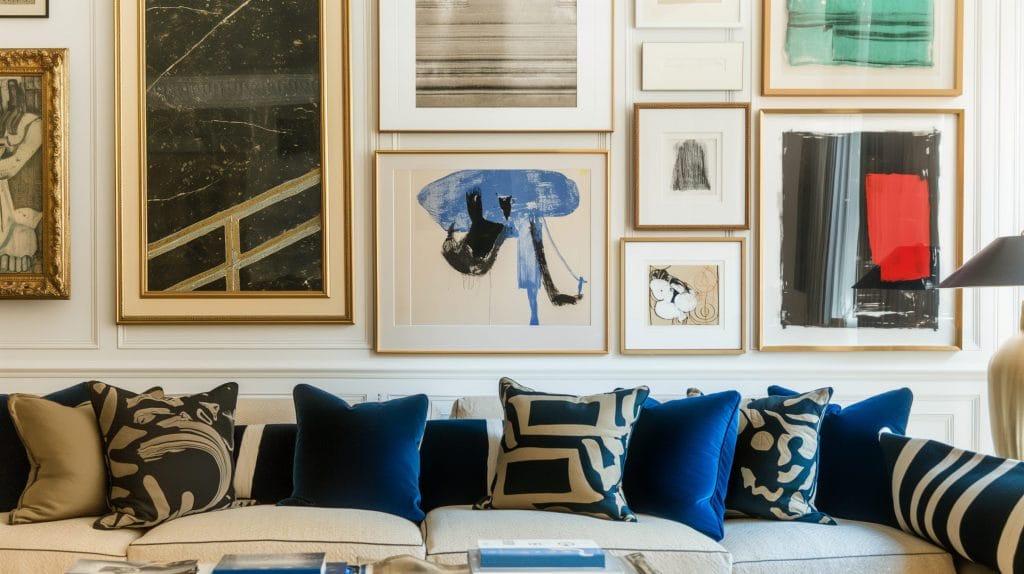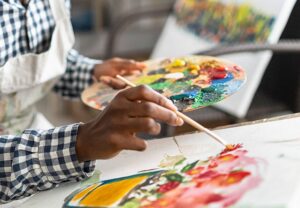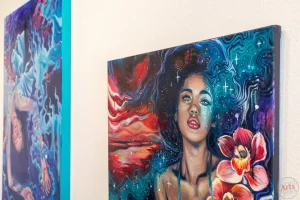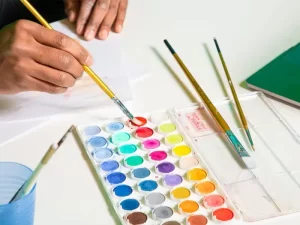The creation of a perfect artwork relies on inspiration for most artists, however, perfection is subjective to what they intend to achieve and communicate with their artwork. The key to producing a compelling piece lies in a combination of planning, technique, and emotional expression. Some essential steps into creating a quality artwork are discussed below.
Here are some essential steps to guide you through the process.
- Inspiration and Concept Development: Begin by seeking inspiration from various sources—nature, art history, or even personal experiences. Create a mood board or sketches that encapsulate your ideas. This initial phase helps to solidify your vision and sets the foundation for your artwork.
- Choosing the Right Medium: Decide on the medium that best suits your concept. Whether it’s oil paints, acrylics, water colors, or digital tools, each medium has unique properties that can affect your final piece. Experiment with different mediums to find the one that resonates with your artistic style.
- Composition Planning: Good composition is crucial. Use the rule of thirds, leading lines, and focal points to create balance and guide the viewer’s eye. Sketch a few thumbnails to explore various compositions before committing to the final layout.
- Color Palette Selection: A well-thought-out color palette can enhance the emotional impact of your artwork. Consider color theory—complementary, analogous, and monochromatic schemes can evoke different feelings. Create a color swatch to visualize how your colors interact before applying them to your piece.
- Layering and Technique: Start with an underpainting or base layer, gradually building up details and depth. Don’t be afraid to experiment with techniques like glazing, impasto, or wet-on-wet, depending on your medium. Each layer adds texture and complexity to your artwork.
- Emotional Connection: A truly captivating piece resonates emotionally with its audience. Infuse your artwork with your personal experiences and feelings. Authenticity shines through and draws viewers in.
- Reflection and Revision: Once your piece is complete, take a step back to evaluate it. Ask for feedback from trusted peers or mentors, and be open to revising your work. Sometimes, minor adjustments can significantly enhance the overall impact.
Ultimately, creating a perfect artwork will reflect on an artist’s journey of self-expression and exploration. As an artist, you have to understand the process to ensure that you create meaningful and expressive work.




